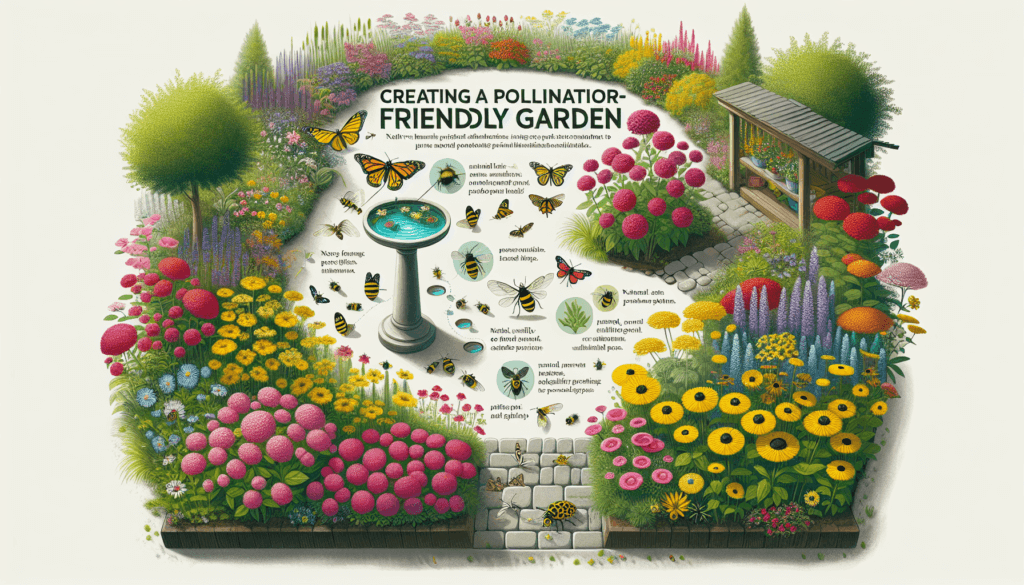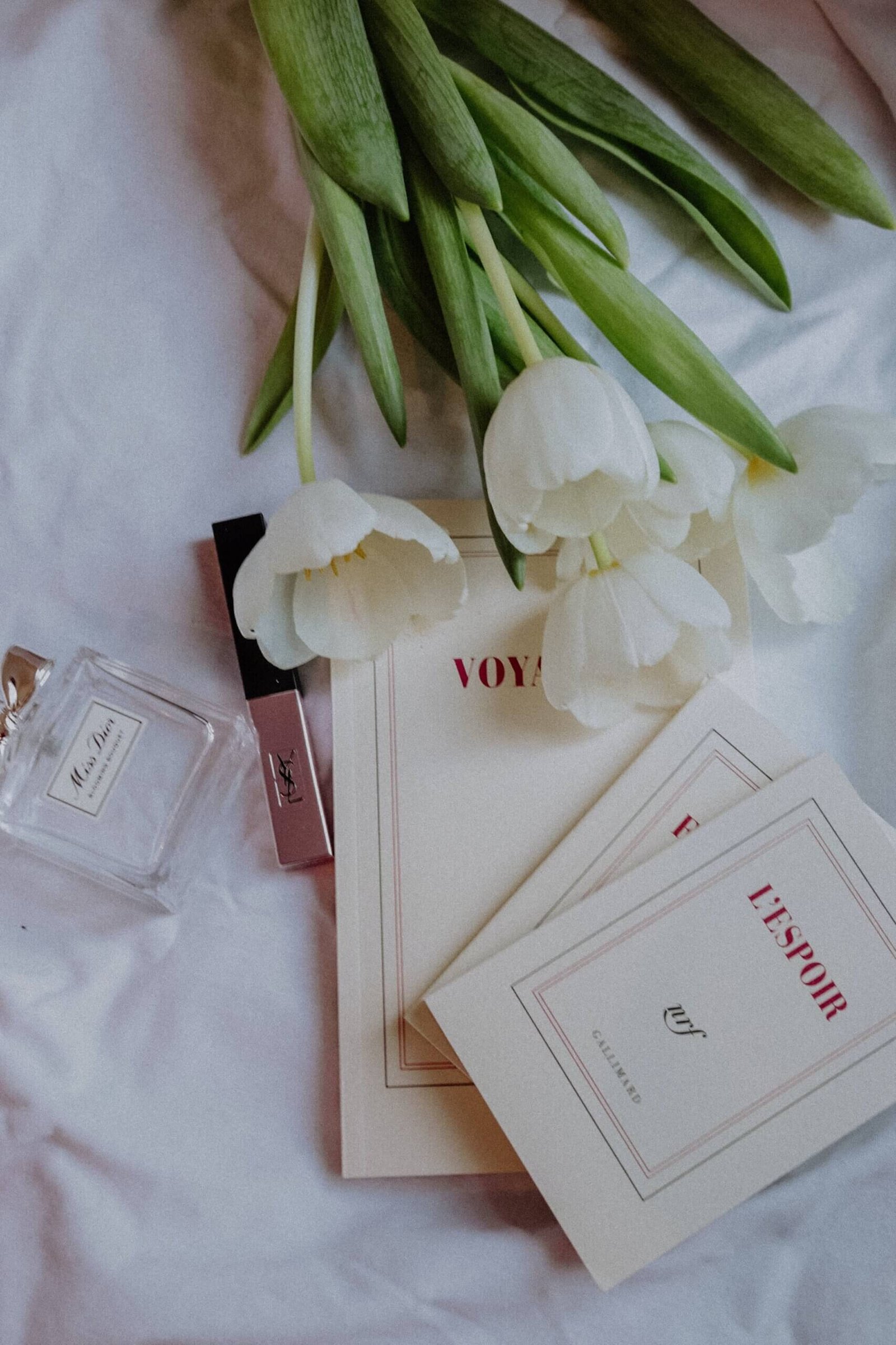Are you looking to create a vibrant and inviting garden that not only adds beauty to your surroundings but also supports the essential work of pollinators? Look no further! In this article, you will find valuable tips and tricks on how to design and maintain a pollinator-friendly garden. From selecting the right plants and flowers to providing essential resources, such as water and shelter, we will guide you through the steps of creating a garden that buzzes with life and contributes to the well-being of our valuable pollinator friends. So let’s dive in and discover the secrets of nurturing a thriving pollinator-friendly garden together!
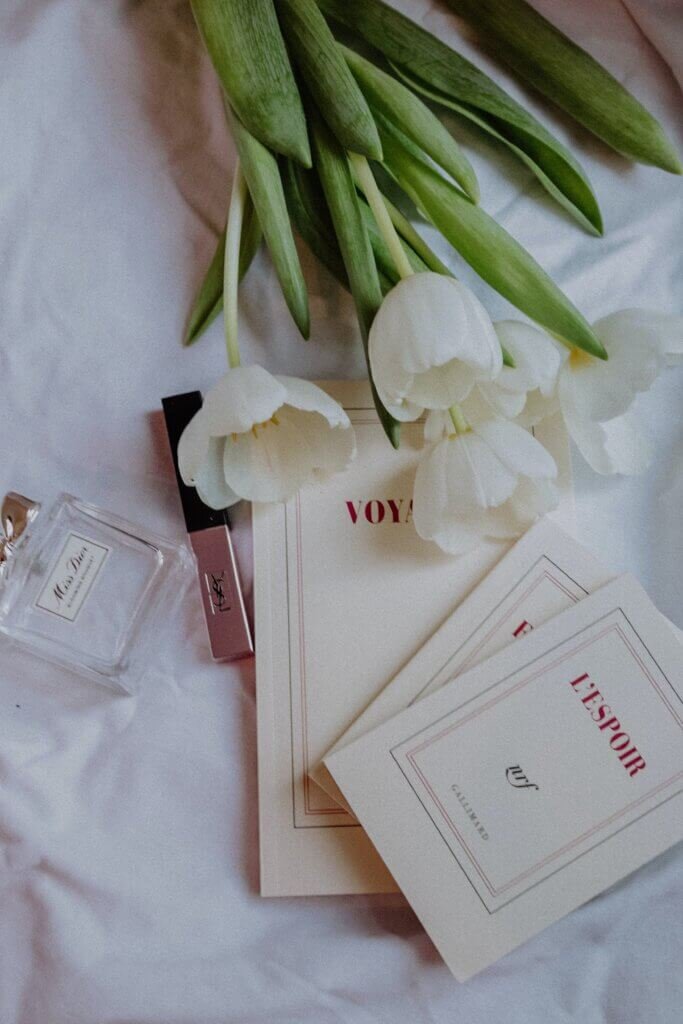
Planning Your Pollinator-Friendly Garden
Creating a pollinator-friendly garden requires careful planning and consideration. By taking the time to plan ahead, you can ensure that your garden provides a welcoming and supportive habitat for pollinators such as bees, butterflies, and hummingbirds. Here are some important factors to consider when planning your pollinator-friendly garden:
Choosing the Right Location
The first step in planning your pollinator-friendly garden is choosing the right location. Look for an area in your yard that receives plenty of sunlight throughout the day. Most pollinator-friendly plants thrive in full sun, so it’s important to choose a location that gets at least six to eight hours of direct sunlight each day. Additionally, consider accessibility to water sources and space for plant growth.
Determining the Size of Your Garden
The size of your garden will depend on the available space in your yard and your personal preferences. If you have a small yard, you can still create a pollinator-friendly garden by utilizing containers and vertical space. Consider the amount of time and effort you’re willing to put into maintaining your garden, as larger gardens may require more care and attention.
Considering Sunlight and Shade
While most pollinator-friendly plants require full sun, it’s important to consider the availability of shade in your garden as well. Providing some shade can create more diversity in your plant selection and attract a wider variety of pollinators. Consider planting trees or installing pergolas to create shaded areas within your garden.
Assessing Soil Quality
Before planting, assess the quality of your soil. Pollinator-friendly plants generally prefer well-draining soil that is rich in organic matter. Test your soil’s pH level and make any necessary adjustments to ensure the optimal growing conditions for your plants. You may need to add compost or organic matter to improve soil fertility.
Identifying Potential Hazards
Take the time to identify potential hazards in your garden that may be harmful to pollinators. Avoid using chemical pesticides or herbicides, as they can be toxic to bees and butterflies. Additionally, be mindful of any nearby sources of pollution, such as industrial sites or busy roadways, as they can negatively impact pollinator populations.
Selecting Plants for Pollinators
Choosing the right plants is essential for attracting and supporting pollinators in your garden. Here are some key considerations when selecting plants for pollinators:
Choosing Native Plants
Native plants are well-adapted to your local climate and soil conditions, making them an excellent choice for attracting local pollinators. They often require less water and maintenance compared to non-native species. Native plants also provide essential food sources for butterflies, bees, and other pollinators, as they have evolved alongside them.
Considering Bloom Times
When selecting flowers for your garden, it’s important to choose a variety of plants that bloom at different times throughout the year. This ensures a continuous supply of nectar and pollen for pollinators. Aim for a mix of early, mid, and late-season bloomers to provide food sources from spring to fall.
Opting for a Variety of Flower Shapes and Colors
Different pollinators are attracted to different flower shapes and colors. By incorporating a variety of flower shapes and colors in your garden, you can attract a wider range of pollinators. For example, bees are particularly drawn to flowers with shades of blue, purple, and yellow, while butterflies are attracted to bright, nectar-rich flowers.
Including Host Plants for Caterpillars
If you want to attract butterflies to your garden, it’s important to include host plants for their caterpillars. Host plants are specific plants that caterpillars use as a food source. For example, monarch butterflies rely on milkweed plants as host plants. By including host plants in your garden, you can support the complete life cycle of butterflies.
Including Plants with Different Heights
Incorporating plants of different heights adds visual interest to your garden and provides different feeding opportunities for pollinators. Tall plants such as sunflowers and butterfly bushes can attract butterflies and hummingbirds, while shorter plants like herbs and groundcovers are often preferred by bees. Planting a mix of tall, medium, and short plants creates a diverse and inviting habitat for pollinators.
Providing Food and Water Sources
To create a truly pollinator-friendly garden, it’s important to provide a continuous supply of food and water sources. Here are some strategies to consider:
Planting Nectar-Rich Flowers
Planting nectar-rich flowers is crucial for attracting and sustaining pollinators. Look for flowers that are known to produce abundant nectar, such as bee balm, coneflowers, and lavender. These flowers provide essential fuel for bees, butterflies, and hummingbirds.
Including Plants with Different Nectar Sources
In addition to choosing nectar-rich flowers, it’s important to include plants that have different types of nectar sources. Some pollinators, like hummingbirds, prefer tubular-shaped flowers, while others, like bees, prefer flowers with open blooms. By including a variety of flower shapes and sizes, you can accommodate the preferences of different pollinators.
Creating Water Features
Providing a water source in your garden is essential for pollinators, especially during hot and dry periods. Create a shallow birdbath or place a small dish filled with water in your garden. Adding pebbles or rocks to the water source can provide landing spots for butterflies and bees.
Maintaining Bird Feeders and Bird Baths
Birds can also play a role in pollination and can be attracted to your garden by providing bird feeders and bird baths. Birds often feed on insects and nectar, and their presence can help control pest populations in your garden.
Creating Shelter and Nesting Sites
In addition to food and water sources, pollinators also require shelter and nesting sites. Here are some ways to create a welcoming habitat for pollinators:
Planting Shrubs and Trees
Shrubs and trees provide important shelter and nesting sites for pollinators. Planting native shrubs and trees such as dogwood, serviceberry, and red bud can offer nesting sites for bees and butterflies.
Including Flowering Vines
Flowering vines not only add beauty to your garden but can also provide nesting sites for certain pollinators. Climbing plants such as honeysuckle, clematis, and morning glories offer nectar-rich blooms and can attract bees, butterflies, and hummingbirds.
Building Insect Hotels or Bee Houses
Insect hotels or bee houses are specifically designed structures that provide shelter and nesting sites for solitary bees and other beneficial insects. These structures can be made using natural materials such as bamboo, wood, and straw. By installing insect hotels in your garden, you can provide a safe haven for pollinators.
Leaving Patches of Bare Ground
Leaving patches of bare ground in your garden can create nesting opportunities for ground-nesting bees and other beneficial insects. Avoid tilling or covering every inch of your garden to provide suitable nesting sites for these species.
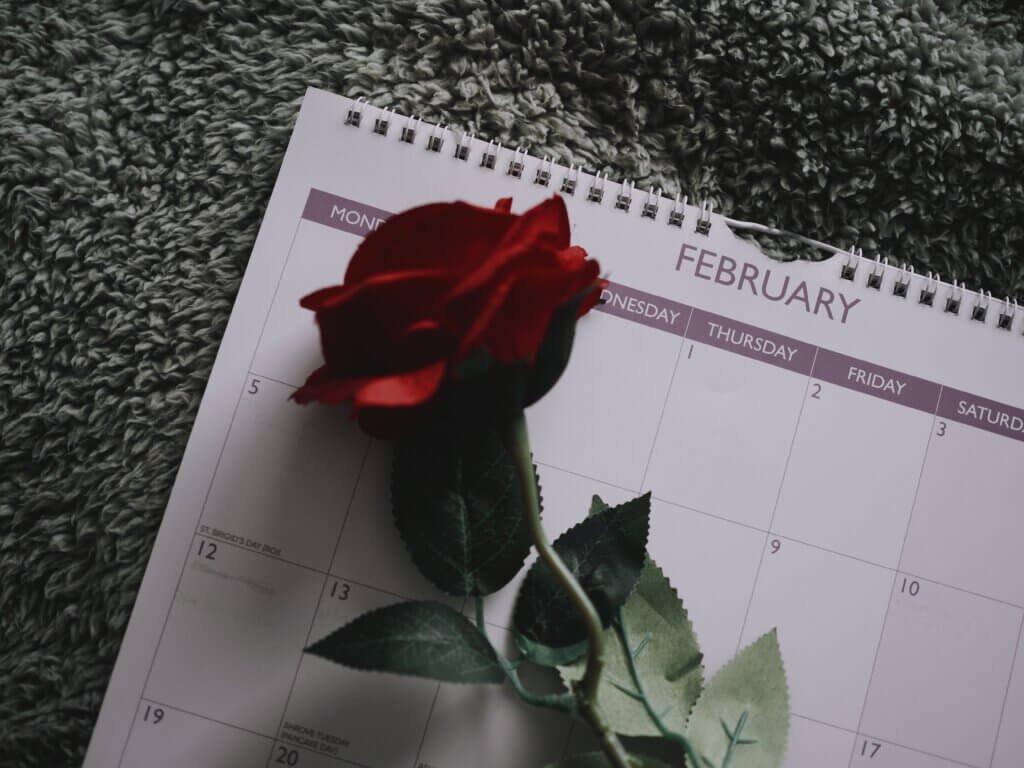
Avoiding Pesticides and Herbicides
Using pesticides and herbicides in your garden can have detrimental effects on pollinators. Here are some strategies for avoiding these harmful chemicals:
Understanding the Impact of Chemicals on Pollinators
Chemical pesticides and herbicides can be toxic to pollinators, even in small quantities. They can contaminate nectar and pollen, leading to the decline of pollinator populations. It’s important to familiarize yourself with the potential impacts of these chemicals and the alternative options available.
Implementing Integrated Pest Management (IPM) Strategies
Integrated Pest Management (IPM) is an eco-friendly approach to pest control that minimizes the use of chemicals. By implementing IPM strategies, such as regularly monitoring your garden for pests, practicing crop rotation, and introducing natural predators, you can effectively manage pests while protecting pollinators.
Using Organic and Natural Pest Control Methods
Opt for organic and natural pest control methods instead of chemical pesticides. For example, you can use insecticidal soaps or neem oil to control pests, or introduce beneficial insects that prey on garden pests, such as ladybugs or lacewings.
Encouraging Natural Predators
Attracting natural predators to your garden can help control pest populations without the use of chemicals. Planting flowers that attract beneficial insects, such as dill, yarrow, and tansy, can help attract predatory insects like ladybugs and hoverflies.
Maintaining Your Pollinator-Friendly Garden
Once your pollinator-friendly garden is established, proper maintenance is essential for its success. Here are some key maintenance tasks to keep in mind:
Regular Weeding and Mulching
Regular weeding is important to keep your garden healthy and prevent competition for resources. Removing weeds helps prevent them from overpowering your pollinator-friendly plants. Additionally, adding a layer of organic mulch around your plants can help retain moisture, suppress weeds, and improve soil fertility.
Proper Pruning and Deadheading
Proper pruning and deadheading are important for promoting healthy growth and prolonging the blooming period of your plants. Some pollinator-friendly plants may benefit from occasional pruning to maintain their shape and prevent overcrowding. Deadheading, or removing spent flowers, encourages plants to produce more blooms, providing a continuous food source for pollinators.
Monitoring for Pests and Diseases
Regularly monitor your garden for signs of pests or diseases. Catching problems early allows for more effective intervention and prevents potential damage to your plants. Integrated Pest Management (IPM) techniques, such as handpicking pests or using organic pest control methods, can help manage pest populations without harming pollinators.
Fertilizing and Composting
Maintaining healthy soil is crucial for the growth and success of your pollinator-friendly plants. Consider using organic fertilizers or compost to provide essential nutrients to your plants. Avoid using chemical fertilizers, as they can be harmful to pollinators and contribute to water pollution.
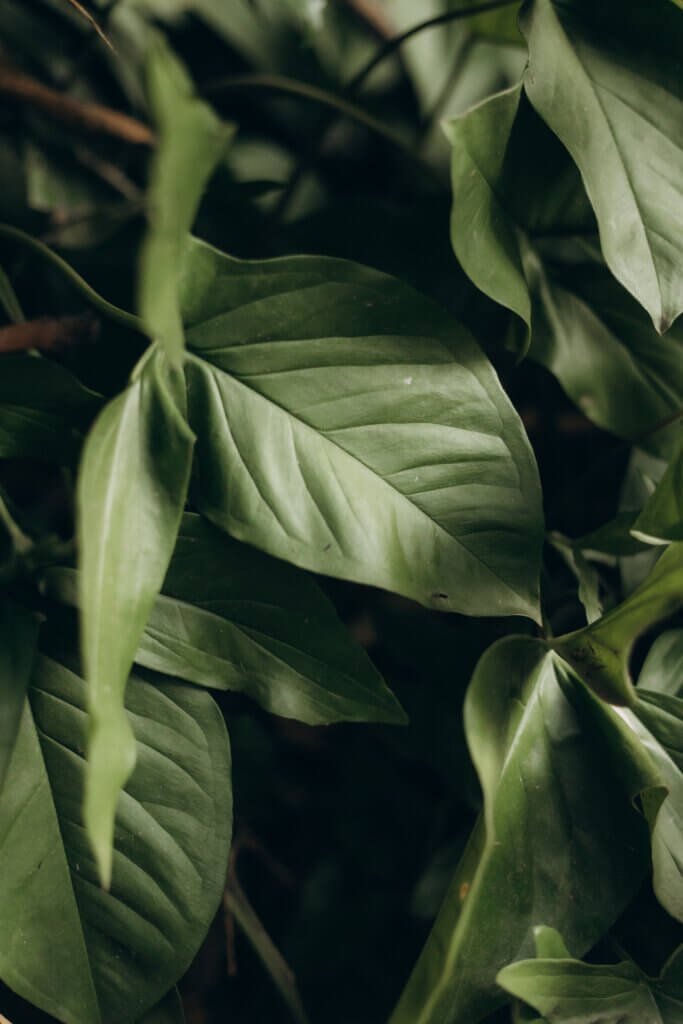
Education and Awareness
Creating a pollinator-friendly garden is not only beneficial for pollinators but also an opportunity to educate others about their importance. Here are some ways to promote education and awareness:
Teaching Others About the Importance of Pollinators
Share your knowledge and passion for pollinators by teaching others about their important role in our ecosystem. Host workshops or give presentations to educate your community about the value of creating pollinator-friendly habitats.
Organizing Workshops and Events
Organize workshops or events in your community to engage others in creating their own pollinator-friendly gardens. Provide resources and hands-on activities to inspire and empower people to take action.
Participating in Citizen Science Projects
Get involved in citizen science projects focused on studying pollinators. These projects often involve collecting data on pollinator populations or monitoring their behavior. By contributing to these initiatives, you can help scientists and researchers better understand and protect pollinators.
Promoting Pollinator-Friendly Practices in Your Community
Be an advocate for pollinator-friendly practices in your community. Share information through social media, local newsletters, or gardening clubs, and encourage others to create pollinator-friendly gardens in their own yards. By spreading awareness, you can help create a network of pollinator-friendly habitats throughout your community.
Attracting Specific Pollinators
Different pollinators have different preferences when it comes to plants and habitats. Here are some tips for attracting specific pollinators to your garden:
Attracting Bees
To attract bees, plant a variety of flowers that provide a continuous supply of nectar and pollen throughout the growing season. Bees are particularly attracted to flowers with shades of blue, purple, and yellow. Include plants such as lavender, salvia, and coneflowers to entice bees to visit your garden.
Attracting Butterflies
To attract butterflies, provide a range of nectar-rich flowers that bloom at different times. Include host plants for caterpillars, such as milkweed for monarch butterflies, to support their complete lifecycle. Plant flowers in clusters to create larger targets for butterflies to easily spot your garden.
Attracting Hummingbirds
To attract hummingbirds, choose flowers with tubular-shaped blooms that are rich in nectar. Brightly colored flowers such as salvia, cardinal flower, and columbine are particularly appealing to hummingbirds. Provide perches or small shrubs near feeding stations for hummingbirds to rest and observe their surroundings.
Attracting Moths
To attract moths, plant night-blooming flowers with pale or white petals and strong sweet fragrances. Flowers such as moonflower, evening primrose, and nicotiana are popular choices. Moths are most active at dusk and during the night, so make sure these flowers are visible during these times.
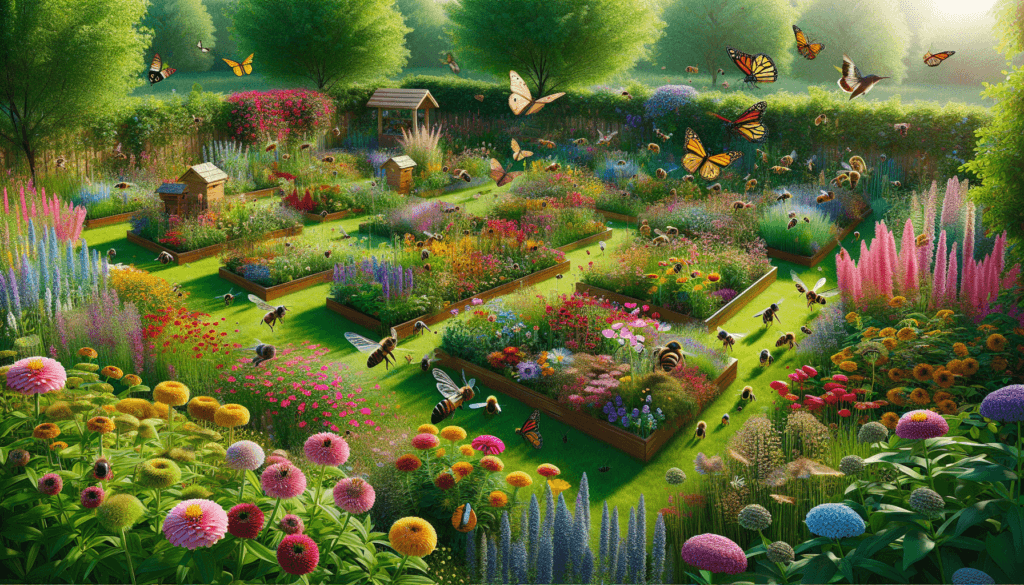
Dealing with Challenges
Creating a pollinator-friendly garden comes with its challenges. Here are some strategies for dealing with common challenges:
Dealing with Invasive Species
Invasive plant species can outcompete native plants and disrupt the balance of your pollinator-friendly garden. Regularly monitor your garden for signs of invasive plants and promptly remove them to prevent their spread. Choose native plants that are well-adapted to your local environment and less likely to become invasive.
Managing Weeds
Weeds can compete with your pollinator-friendly plants for resources such as sunlight, water, and nutrients. Regular weeding can help control weed growth and prevent them from overtaking your garden. Mulching can also help suppress weed growth and conserve soil moisture.
Addressing Pollinator Competitors
In some cases, non-pollinator insects may compete with pollinators for resources. For example, ants can deter bees from accessing nectar by guarding flower entrances. To address such competition, consider using physical barriers or planting flowers with multiple access points to allow pollinators to bypass competitors.
Protecting Plants from Extreme Weather
Extreme weather conditions can be challenging for both plants and pollinators. Consider providing temporary shelter, such as shade cloth or row covers, during heatwaves or intense sunlight. Installing windbreaks or placing plants in sheltered locations can protect them from strong winds, ensuring they continue to provide food and shelter for pollinators.
Gardening for Pollinators in Different Environments
Pollinator-friendly gardening can be adapted to various environments, including urban, suburban, rural, and even container gardening. Here are some considerations for different environments:
Urban Environments
In urban environments, available garden space may be limited, but you can still create a pollinator-friendly garden in containers or small beds. Utilize vertical space by installing trellises or hanging baskets for climbing plants. Include flowering herbs and native plants that are well-suited for urban conditions.
Suburban Environments
Suburban environments often have larger yards, allowing for more extensive gardens. Take advantage of the space by planting a variety of flowering trees, shrubs, and perennials. Consider leaving some areas of your yard wild to provide additional habitat for pollinators.
Rural Environments
Rural environments typically offer more space and natural habitats for pollinators. Consider incorporating larger patches of native wildflowers or meadows into your garden design. Create windbreaks using native trees and shrubs to provide shelter for pollinators.
Container Gardening
Container gardening is a great option for those with limited space or who want to garden on balconies or patios. Choose pollinator-friendly plants that are appropriate for container growing, such as dwarf varieties of flowers, herbs, or even small fruits. Ensure containers have good drainage and provide adequate sunlight and water for your plants.
Creating a pollinator-friendly garden is a rewarding and impactful way to support these essential insect species. By carefully planning your garden, selecting the right plants, and providing food, water, and shelter, you can create a haven for pollinators in any environment. By spreading awareness and educating others, you can inspire your community to join in creating pollinator-friendly habitats and contribute to the conservation of these important species. So put on your gardening gloves and get ready to welcome a buzz of activity into your yard!
